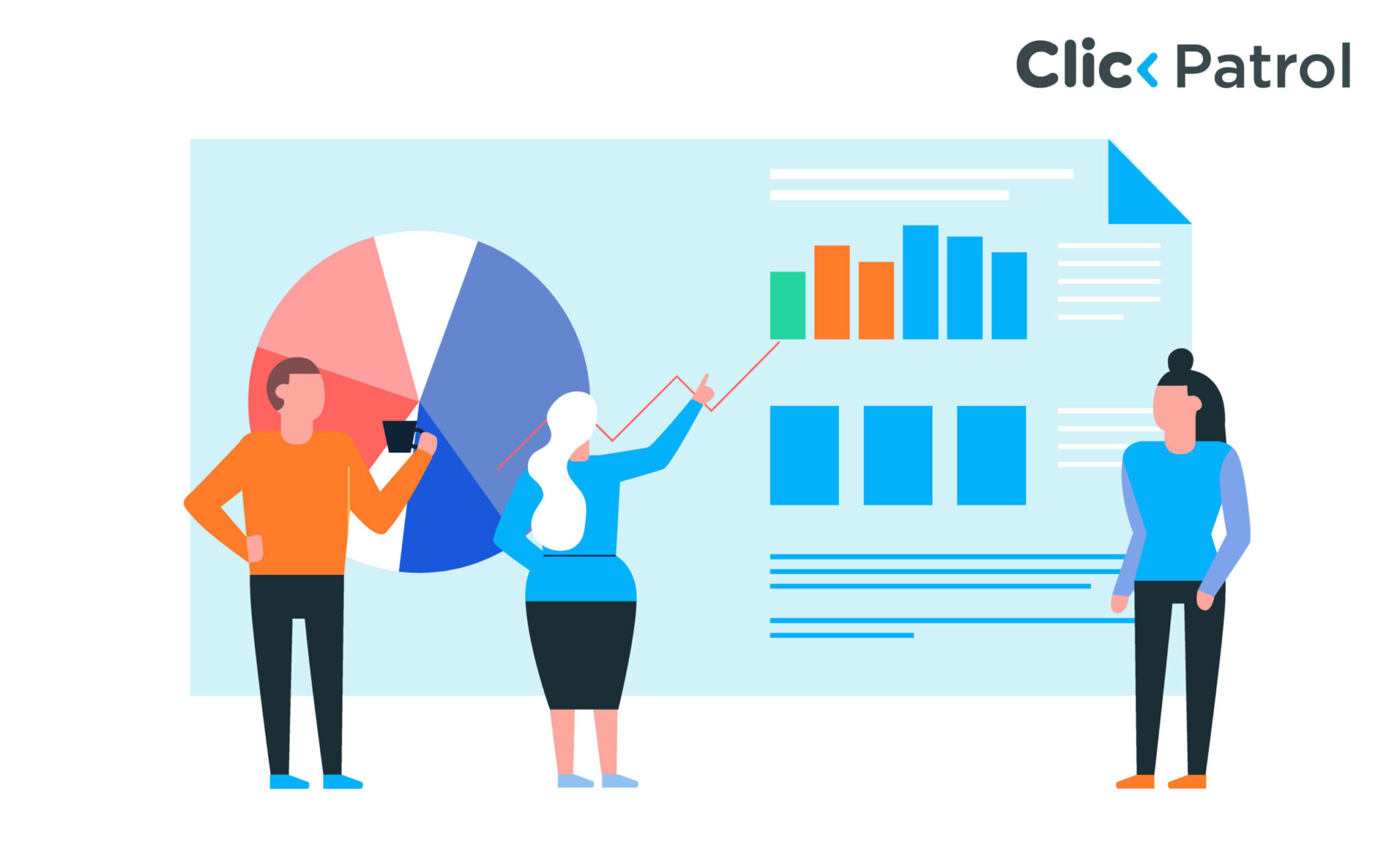
Top Ad Fraud Statistics In 2023
Abisola Tanzako | Sep 20, 2023

Table of Contents
Like other spheres of the economy where large amounts of money are moved around, the online advertising world is lucrative and makes fraudsters interested. Due to the type of transactions, the non-transparent supply chain, and easily fiddled metrics, ad fraud is one of the largest challenges publishers, advertisers, and overall ad tech enterprises face today.
To expand issues even further, mobile ad fraud opens up a new level of sophistication for fraudsters, enabling them access to wreak havoc on advertisers’ budgets. Ignoring the fraud metrics can cost you much more of your advertising budget. Ad and mobile fraud are problems, but how far-reaching can they be? Let’s dive into the top ad fraud statistics.
Major Ad Fraud Statistics
- Ad fraud’s total cost in 2022 will be about $68 billion, predicted to rise to $100 billion in 2023.
- As of 2022, the most significant hit region is Asia Pacific, with about $75 billion.
- Reports given by Interceptd say about 25% of iOS app installs are fraudulent, while about 31% of Android app installs are fraudulent.
- Reports given by Adobe in 2018 say the total ad spent is about 28% or equivalent to about $66 billion.
- The fraud attempt is about 25% lower for in-app ads than on the web.
- According to BussinessofApp, in 2018 click injection contributed about 30% of the total ad fraud, while click farm and spam& ad stacking contributed 42% and 27%, respectively.
- Reports given by Juniper estimate one in every 13 app download is fraudulent globally.
Above are some essential statistics describing the digital ad fraud state for both web and mobile. We will further discuss statistics on the cost of ad fraud, its impact on ad fraud by region, mobile OS, and app category, and advice on how to handle ad fraud.
Cost Of Ad Fraud
The estimated cost of ad fraud differs due to the complexities of ascertaining the number of invalid downloads and traffic. Let’s examine some of the statistics below:
- In 2016, the World Federation of Advertisers presumed that ad fraud and all other internet fraud would be 2nd biggest organized crime after the drug trade in a decade. Conservatively by 2025, the level standing of ad fraud would have increased to 50 billion dollars.
- In 2018, it was reported by Adobe that about 28% of web traffic was a result of bots and other non-human players across the board of a very sizable number of client websites. A commentator estimated the total cost of ad fraud to be as high as $66 billion. This increase may be due to the ease of using ad fraud to cause invalid traffic that delivers a high return.
- Jupiter’s research through traffic guard reported that 7.7% of apps installed are from something other than genuine users. This source also estimated ad publishers who display millions of ads over 24 hours will most likely pay about 100,000 fake ads before any fraudulent activity is detected.
- In 2019, it was reported by eMarketer that the total cost of ad fraud estimates varies from about $6.5 billion to about $19 billion. This estimate is said to be conservative. According to the same source, in 2022, display ads will cover about $15 billion in businesses and cover about 90% of all digital advertisements. This implies that ad fraud threats are a more pressing issue for publishers.
Cumulatively, the estimate of ad fraud over the past couple of years has increased by $10 billion yearly, and it has started to double yearly by $20 billion. In 2023 alone, ad fraud is estimated to be about $100 billion. The estimated cost of ad fraud worldwide runs to $billion from years 2018-2023.
Impact Of Digital Ad Fraud By Region
The Asian Pacific region (APAC) suffers from the pronounced effect of digital ad fraud, with an estimate of $17 million each day and constantly opening up means of penetration for mobile and digital ad fraud in this region. Based on predictions, digital ad fraud will continue to increase and still have Asian Pacific at the forefront of the fraud hit, with deep losses doubling in price from about $33 billion to about $75 billion.
In 2019, as stated earlier, Jupiter Research and traffic guard came together to build a total percentage of ad fraud in various regions.
With China as the largest APAC region, for every $63 million spent on digital ad fraud by them, they lose $11 million per year to ad fraud which is about 17% of what is spent on advertising. As for the United States, for every $407 million spent on ads, they lose $62 million per year to ad fraud, about 15% of the total amount spent on advertising. For Africa and the Middle East, for every $19 million spent on ads, they lose ‘just’ $1 million to ad fraud, about 5% of the total amount spent on advertising. This is quite considerable when compared to China and the United States.
Digital Ad Fraud By Mobile OS
In 2019, Interceptd (a mobile ad fraud prevention and detection company) reported that Android users suffer more than iOS users when it comes to digital ad fraud, with about 31% ad fraud traffic on Android as compared to the 25% ad fraud that happens on iOS.
Ad Fraud On Android
It was also reported in Intercepted statistics that some types of apps are more vulnerable to ad fraud than others. Finance apps are the most susceptible apps to be affected by fraud, with gaming, social media, and shopping following through. The apps are usually attacked by bots (which are responsible for about a third of ad fraud) and click injection( which are responsible for about a further quarter of ad fraud)
Ad Fraud On iOS
For iOS, the finance app ranks third among the most vulnerable apps to ad fraud, but the app that comes first is the shopping app, with about a third of the app installed, followed closely by gaming apps next to the travel apps. Bots take up about 26% of the ad fraud on iOS, SDK spoofing about 18%, and phone farm about 22%.
How To Deal With Ad Fraud
Several digital ad fraud prevention software companies offer services to reduce and prevent the effect of ad fraud and prevent it. Beyond that, there are better business and technical practices that will help improve communication between publishers and advertisers.
Forbes published a series of solutions that can potentially help mitigate the exorbitant cost of digital ad fraud. They include.
- As a publisher, working with companies that guarantee services that are fraud-free is another way to hold back the biting effect of ad fraud.
- As a company, you are admonished to have internal policies that help cut ad fraud costs and monitor closely to catch any abnormal activity on your website.
- As an advertiser, pay much more attention to performance than clicks.
- Language inserts help publishers identify all sorts of third-party traffic.
- Direct conversations between advertisers and publishers (preferably face-to-face) can also help reduce the risk of ad fraud. This reduces the number of activities in a particular ad.
Conclusion
Ad fraud remains a persistent and concerning issue in the digital advertising industry. The staggering statistics surrounding ad fraud demonstrate its detrimental impact on businesses, advertisers, and the overall integrity of the ecosystem. With the increasing complexity of fraudulent techniques and the constant evolution of technology, combating ad fraud requires a multi-faceted approach involving proactive monitoring, advanced detection algorithms, industry collaboration, and strict enforcement of standards. As the industry continues to innovate and implement robust preventive measures, it is crucial to remain vigilant, adapt to emerging threats, and foster transparency and trust to mitigate the adverse effects of ad fraud and ensure a more secure and sustainable advertising landscape.





